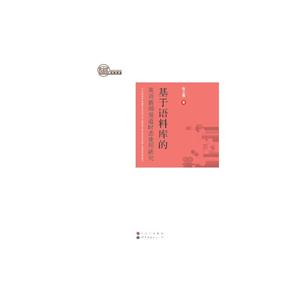Chapter 1 Introduction ········································································1
1.1 Background of the research ···················································1
1.2 Purpose and significance of the research ····································3
1.3 Data and methodology ·························································6
1.4 Organization of the book ······················································9
Chapter 2 Literature Review ·······························································11
2.1 The study of tense in narrative ···············································11
2.2 Studies of tense in media discourse and in corpus linguistics ···········22
2.3 Reflections on previous studies ··············································24
Chapter 3 Theoretical Framework ························································27
3.1 Fleischman’s theory of tense-aspect in narrative ·························27
3.2 Labov and Waletzky’s narrative model and Bell’s model structurefor news text ·········31
3.3 A three-dimensional framework for tense analysis ·······················34
Chapter 4 Tense Use on the Three Planes ···············································41
4.1 Tense-position plane—Textual distribution of the tenses ················42
4.2 Tense-verb plane—Verbs associated with the three tenses ···············47
4.3 Verb-position plane—Textual distribution of verb categories ···········62
4.4 Tense, position and verb categories ·········································67
Chapter 5 Tense Patterns ····································································92
5.1 Patterns of the present tense—Distribution and functions ················92
5.2 Present perfect patterns—Distribution and functions ··················107
5.3 Consecutive use of present perfect and its functions in news report·········120
Chapter 6 Textual, Expressive and Metalinguistic Functions of Tense ···········132
6.1 Properties of tense-verb construction ·····································132
6.2 Textual function of tenses ··················································137
6.3 Expressive function of tenses ··············································141
6.4 Metalinguistic function of tenses ··········································143
6.5 The functions of tense and modern journalism ·························145
Chapter 7 Conclusion ·······································································147
7.1 Summary of the findings ···················································147
7.2 Conclusion ···································································150
7.3 Limitations and suggestions for further study ···························153
Bibliography ·····················································································156
Appendix A Verbs associated with the present tense ·································169
Appendix B Verbs associated with the past tense ·····································177
Appendix C Verbs associated with the present perfect ·······························185
Appendix D Analysis of News Samples ··················································193
1 Analysis of Sample News 1 ················································194
2 Analysis of Sample News 2 ················································198
Appendix E Sample News Text 1 ·························································204
Appendix F Sample News Text 2 ·························································208
Appendix G Sample News Text 3 ·························································211





















